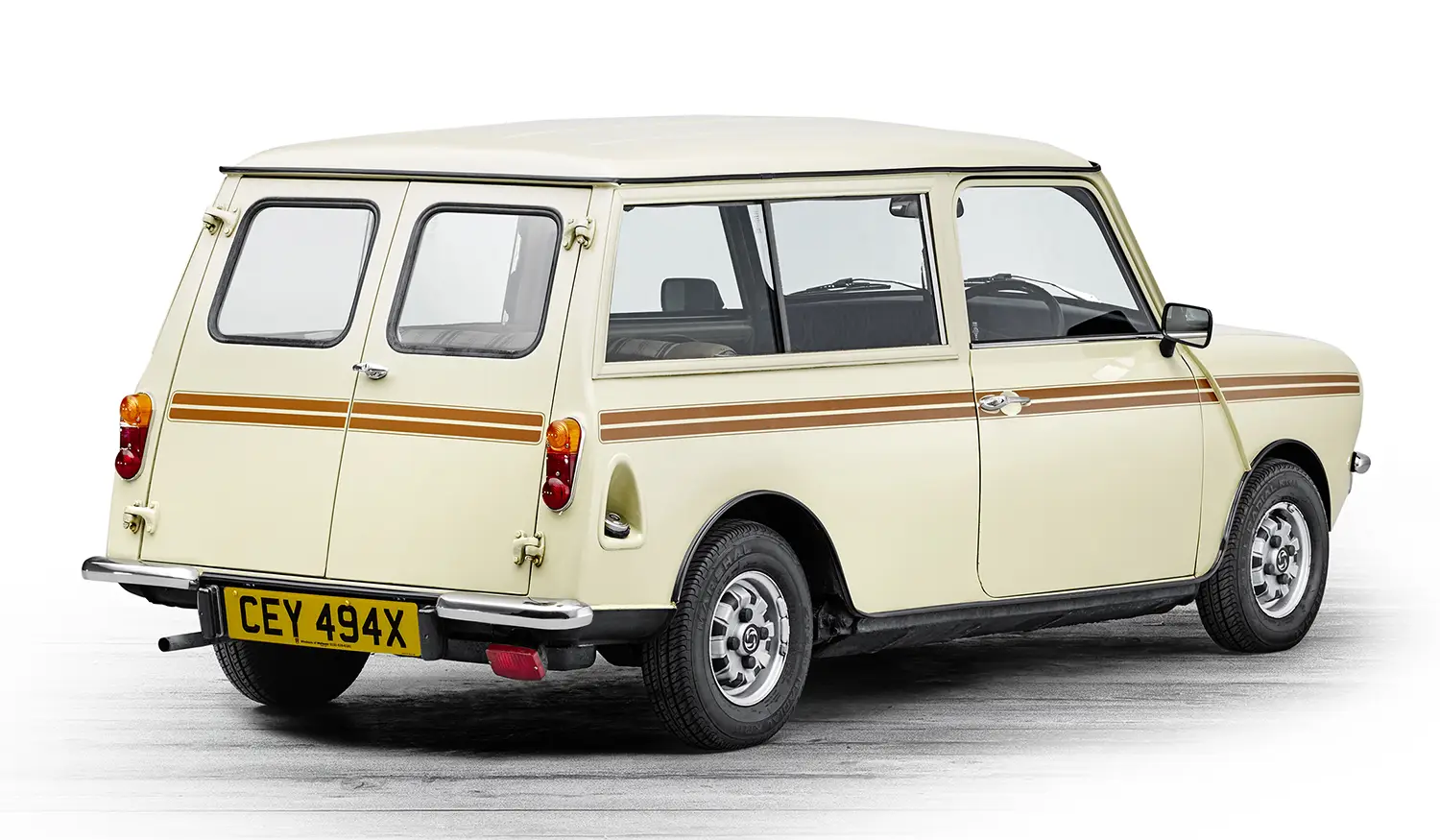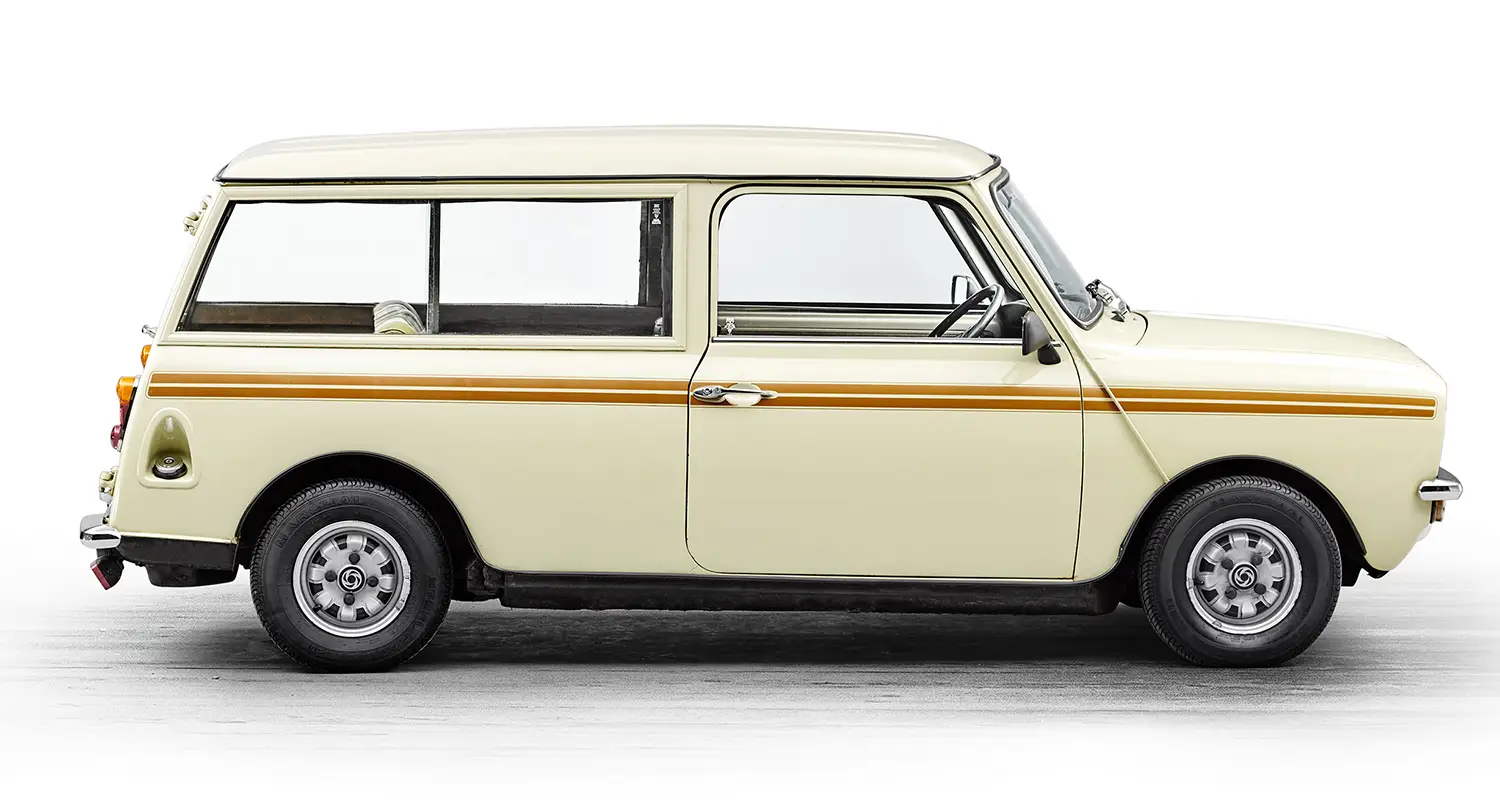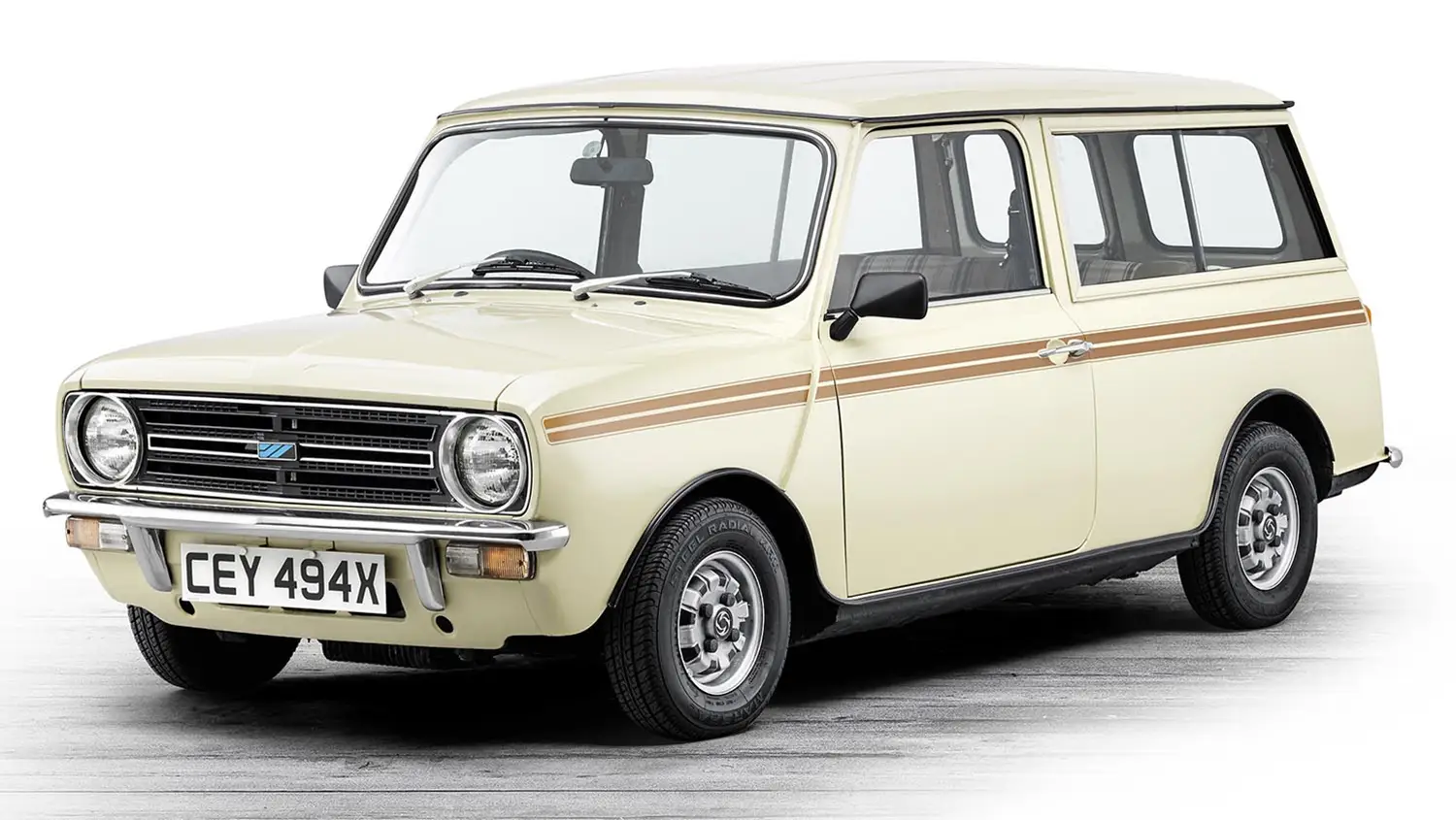
The 1980 Mini Clubman Estate marks the final production year for the estate variant of the Clubman line. It stands as a distinctive chapter in the small car’s evolution. This particular model, with its extended wheelbase and unique styling, proves that British Leyland was dedicated to broadening the appeal of the foundational Mini concept. Consequently, the Clubman Estate blended the iconic ‘go-kart’ handling with a level of utility its saloon counterparts could not match. The car remains a fondly remembered piece of British automotive design, a functional extension of the classic small car.

The Evolution of the Clubman Design
The Mini Clubman line first appeared in 1969 as a major redesign for the evergreen Mini. It replaced the previous Austin Mini Countryman and Morris Mini Traveller models. Significantly, this new series sought to modernize the look of the car for a new decade. The square-fronted Clubman nose, designed by Roy Haynes, was a stark contrast to the original, rounded ‘dog-box’ Mini fascia. This gave the car a more contemporary, conventional appearance for the era.

A Practical Body Style Emerges
The Estate version adopted the longer wheelbase chassis previously used on the Mini Van and Traveller. Therefore, it provided a genuinely practical load-lugging capability without sacrificing the Mini’s famed compact dimensions. The most recognizable feature, the twin side-hinged rear doors, often called “barn doors”, made loading and unloading significantly easier. The 1980 Mini Clubman Estate retained this signature look until its final run.

Interior and Market Positioning
Inside, the Clubman offered a more contemporary dashboard layout compared to the original Mini. The main instrument binnacle moved from the center of the dash to a position directly in front of the driver. Furthermore, the Clubman was positioned slightly upmarket, appealing to buyers looking for a small car that offered a bit more refinement and space. Despite its compact nature, the Estate was an authentic multi-purpose vehicle for its time. It was well-suited for both urban errands and weekend family trips.
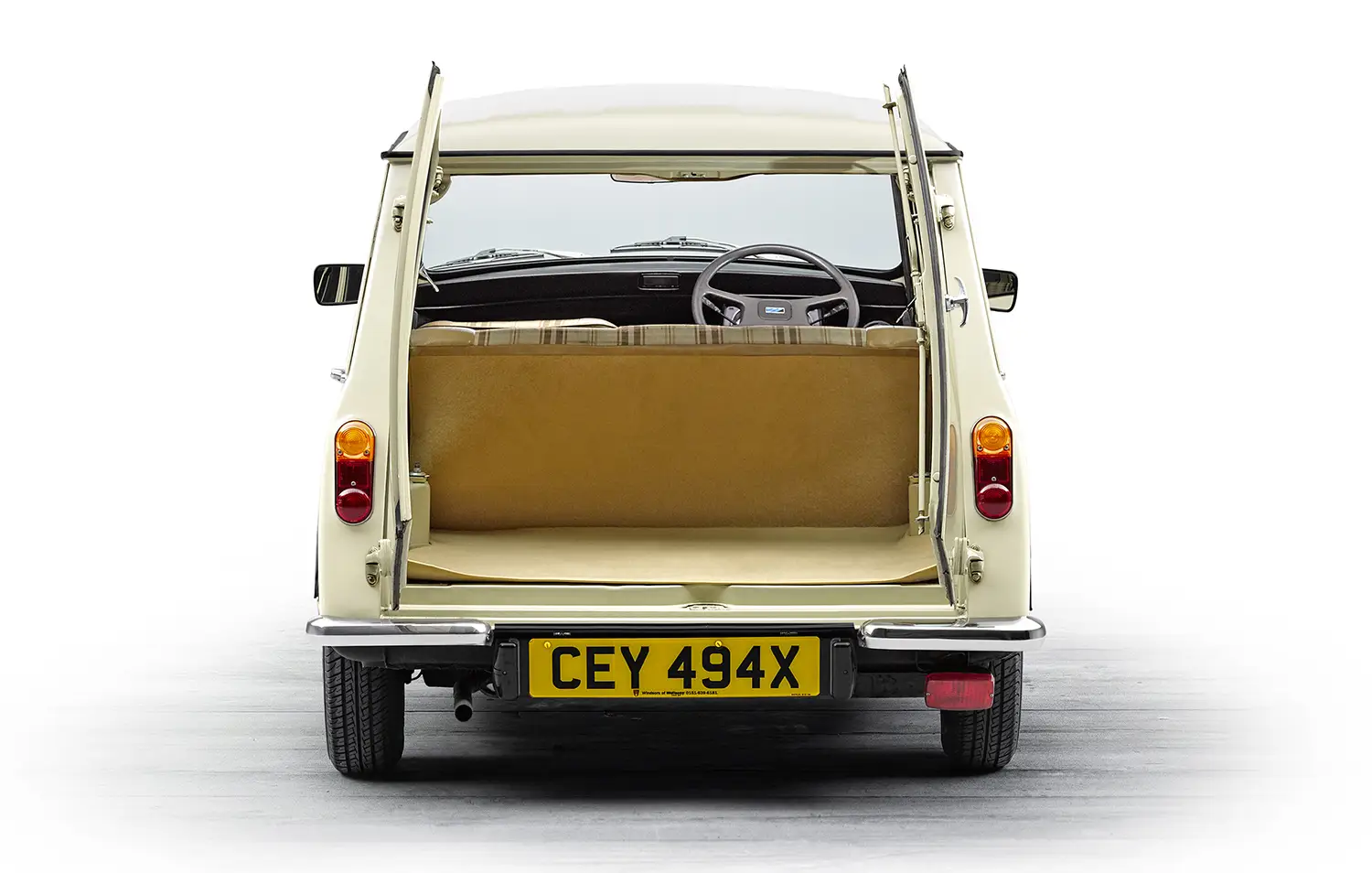
Legacy as a Collectible Icon
Although production ended in 1980, the car’s utility and distinct design cemented its place as a collectible. People often seek out the final-year models for their comprehensive package of British Leyland’s continuous refinements. Indeed, the 1980 Mini Clubman Estate represents the culmination of a decade of small car development and market response. This particular model continues to generate interest in the classic car community globally.
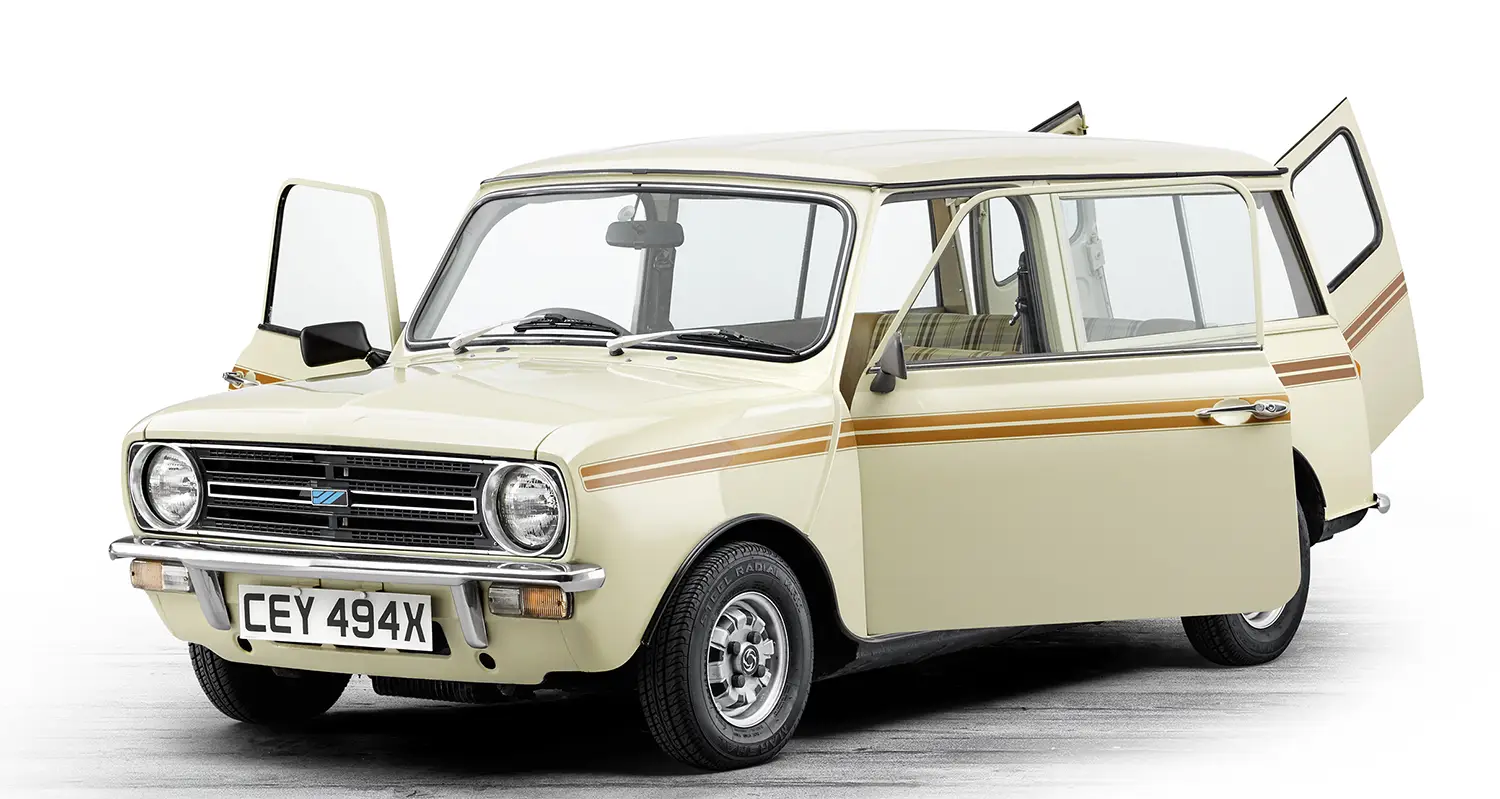
Engineering and Performance of the 1980 Mini Clubman Estate
Under the bonnet, the 1980 Mini Clubman Estate was typically equipped with the reliable 998 cc A-series four-cylinder engine. This stalwart unit produced around 38 horsepower at 5,250 rpm. Paired with a four-speed manual gearbox, this powertrain delivered spirited acceleration that felt livelier than its raw figures suggest. Thanks to its low curb weight, typically under 700 kg, and front-wheel-drive configuration, the Estate could reach a top speed of approximately 75 mph. The car’s performance was characterized by its exceptional maneuverability and sharp, responsive steering, upholding the core dynamic traits of the Mini lineage.

The 1980 Mini Clubman Estate ultimately represents a unique blend of practicality and style. It successfully adapted the legendary small car for family use while maintaining the spirit of innovation. Consequently, its distinct Clubman face and useful estate body ensure its enduring appeal among car enthusiasts. The model remains a celebrated icon of compact, versatile British motoring.
Disclaimer: Content on this site is for informational purposes only. Vehicle specs, pricing, and availability may change. Always verify details with official sources before making decisions. Opinions are those of the authors.
Source: BMW
